Cerise Stork
Cerise storks are a species of thick-billed stork from Rubrinea, from the family Ciconiidae. They are an endangered species, suffering from predation, both by natural predators and rubidians.
Anatomy
Cerise storks have a distinct colour palette, with red, black, and white feathers, and bright yellow feet and knees. Their plumage is similar to many species found on Rubrinea, with the distinctive red colouring.
These storks are one of the largest on the planet, standing at 160 - 180 centimetres tall. These birds have a remarkable head crest, with networks of tunnels inside to produce a range of calls.
Male and female storks are sexually dimorphic, with the latter having slightly longer crests, giving them the ability to produce lower pitched calls. Females also have a pair of black wattles below the base of their bills, producing milk for their neonatal offspring to suckle at.
Diet
Cerise storks are piscivores, solely eating fish. They hunt by remaining completely still, aside from wiggling their toes underwater. Fish swim closer to investigate, as the striking yellow attracts prey, and the storks will stab at said fish. They typically hunt brackish and freshwater fish, seldom seen around rockpools and coastlines.
A Royal Snack
Royal families in and around the Afilan Region of Sangar occasionally consume stork meat. These birds are most popular, as a deep red is considered the most royal and expensive of the shades of red.
Most cerise storks are toxic to rubidians, so for every stork that is eaten, a hundred more are killed. Because of this, their numbers are dwindling.
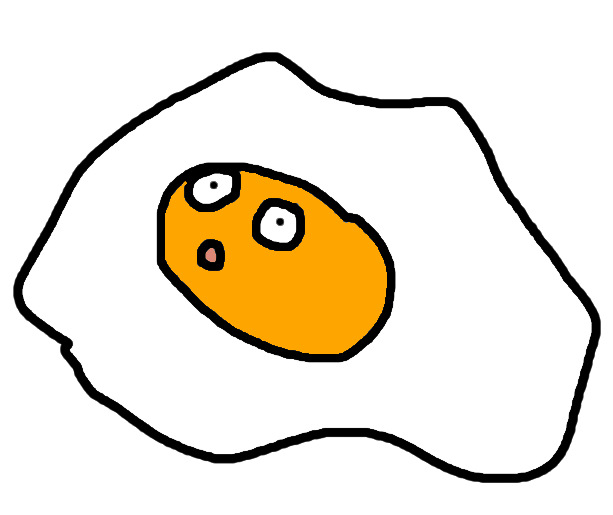
Average Wingspan
2.7 - 2.9m

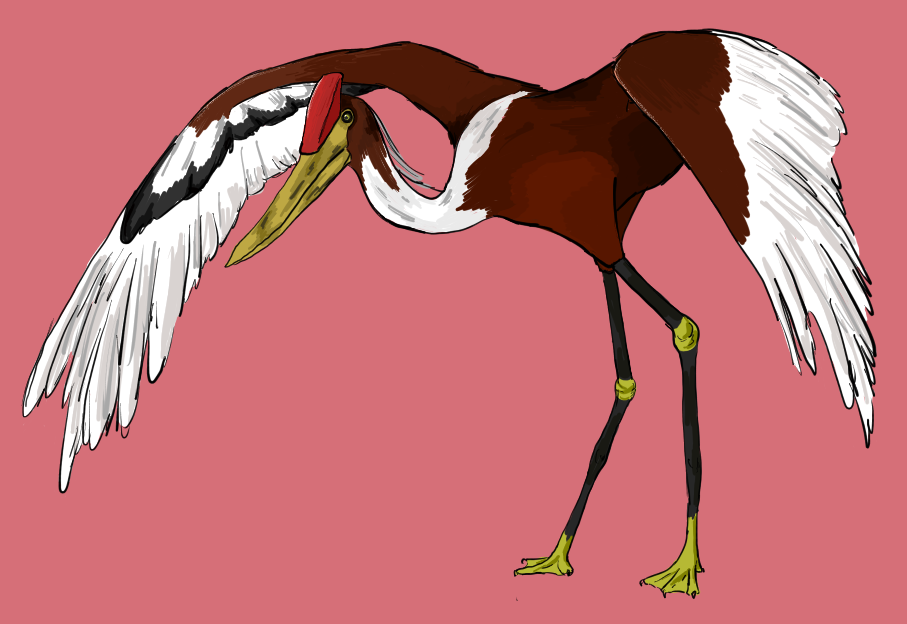



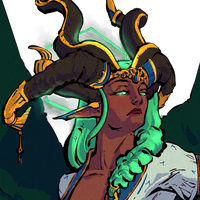


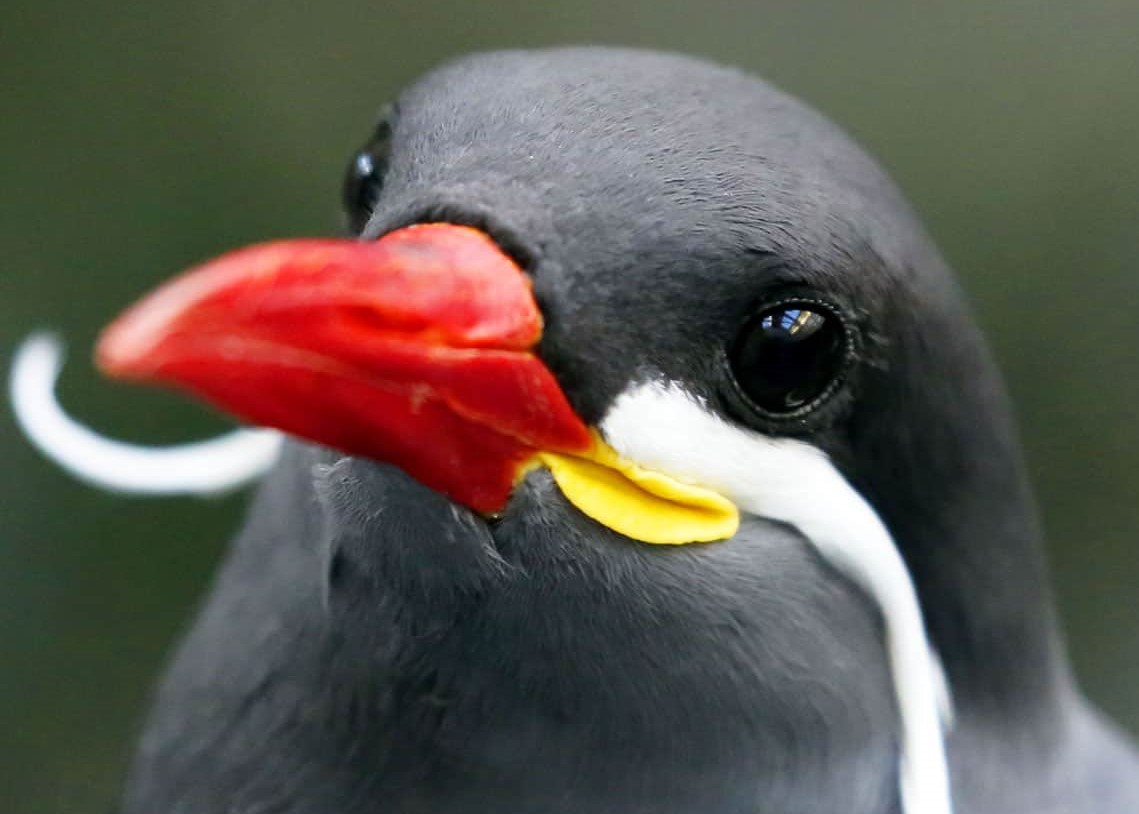
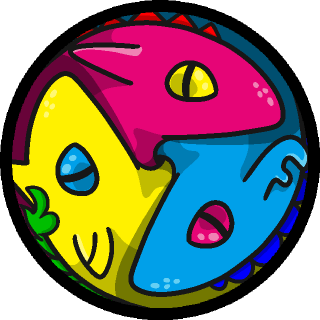
Pfft, you'd think they'd stop trying to eat them after the first ninety-nine were poisonous. I love that the stork produces milk for its babies. :D And I love the long leggy art. :D
Yeah, well, it's the rich, it's to be expected D: glad you enjoyed the art! <3